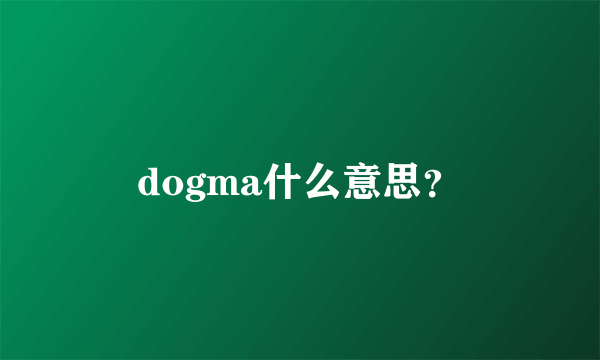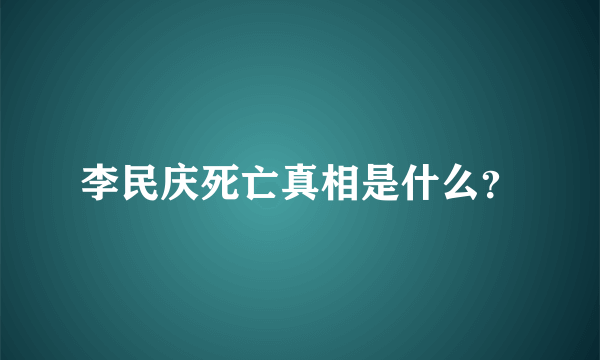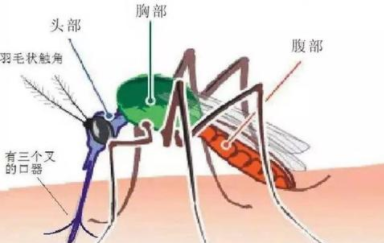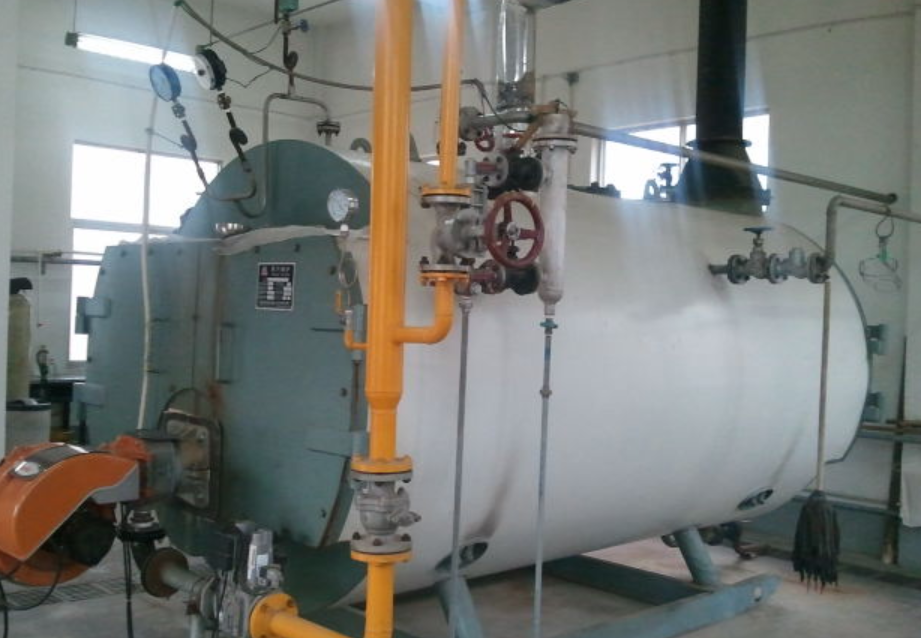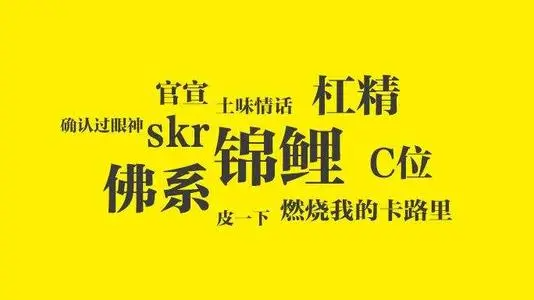be used to do 和 be used doing 的区别
的有关信息介绍如下:be used to do和be used to doing的区别是:
1、基本释义不同。be used to do 被用作做某事;be used to doing 习惯做某事。
2、应用的语态不同。be used to do和be used for都是被动语态;be used to doing都是主动语态。
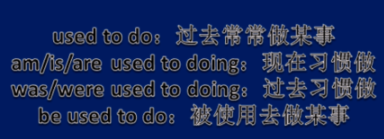
举例:
1、He’s quite used to working hard.
他颇习惯于艰苦工作。
2、Wood is used to make paper.
木材被用来造纸。
3、This knife can be used to cut things.
这把刀能够被用于切东西。
扩展资料
use的用法
1、use是及物动词,接名词、代词作宾语。也可接由as短语或动词不定式充当补足语的复合宾语。use偶尔可接人作宾语,意为“利用某人”,即把某人作为手段或工具。
2、used to仅用于一般过去时,表示过去常常发生的事,否定式为used not to或did not use to。
3、use用作名词时,基本意思是“使用,应用”,引申可作“用途,效用”解。
4、use通常与介词of连用,有时of可省略。
词汇分析
音标:英 [juːz] 美 [juz]
释义:
n. 使用;用途;发挥
vt. 利用;耗费
vi. 使用,运用
n. (Use)人名;(德)乌泽
短语
make use of 使用,利用
in use 在使用中
use in 用于;…的效用
例句
1、I strongly deprecate the use of violence by the students.
我强烈反对学生们使用暴力。
2、You should learn to use the computer.
你应该学会使用电脑。
参考资料:百度百科-被动语态



